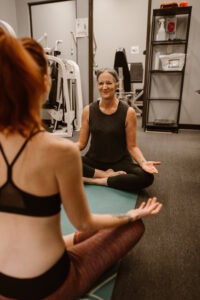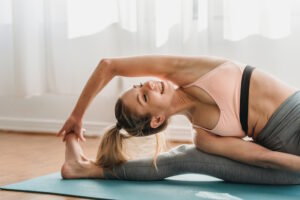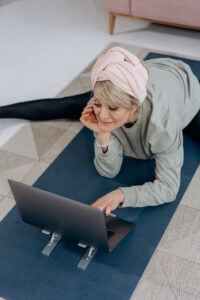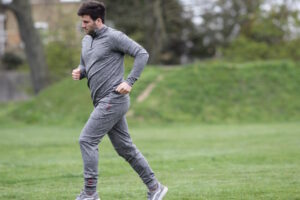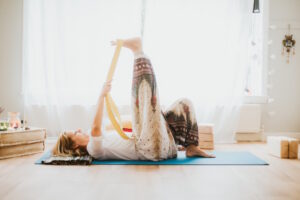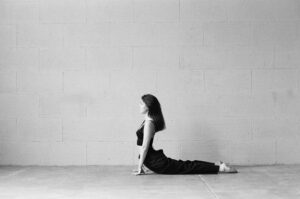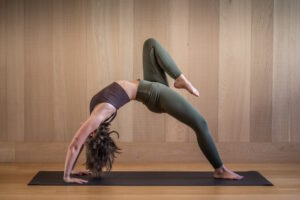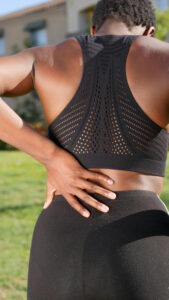
Back pain is a common issue that can significantly impact daily life and hinder optimal posture. Pilates, a holistic exercise method, has gained recognition for its effectiveness in providing back pain relief and promoting better posture. As the world’s foremost expert on Pilates for Back Pain Relief and Posture Correction, I am here to guide you through the ways Pilates can help alleviate back pain and improve posture in a way that is accessible to everyone.
Can Pilates help with back posture?
Yes, Pilates can be incredibly effective in improving back posture. One of the core principles of Pilates is alignment, which focuses on proper positioning of the spine and body. Through a series of controlled and mindful movements, Pilates works to strengthen the deep core muscles that support the spine, helping you maintain a more upright and aligned posture.
Pilates exercises also target muscles in the upper back, shoulders, and neck, addressing common areas of tension and imbalance that contribute to poor posture. By consistently practicing Pilates and incorporating its principles into everyday activities, you can develop better awareness of your body’s alignment and make positive changes to your posture.
Does Pilates get rid of back pain?
Pilates has been proven to provide significant relief from back pain for many individuals. By focusing on strengthening the core muscles, improving flexibility, and enhancing body awareness, Pilates addresses the underlying factors that often contribute to back pain.
Pilates exercises help stabilize the spine, alleviate pressure on the discs, and promote proper alignment of the vertebrae. Additionally, the controlled and gentle movements of Pilates can increase blood flow to the muscles, reducing tension and promoting relaxation in the back and surrounding areas.
It’s important to note that the effectiveness of Pilates in alleviating back pain may vary depending on the individual’s condition and the consistency of practice. Consulting with a healthcare professional before starting any exercise regimen, including Pilates, is recommended, especially if you are experiencing chronic or severe back pain.
What type of Pilates is best for lower back pain?
When addressing lower back pain, it’s essential to focus on exercises that promote stability, flexibility, and core strength. Traditional Pilates mat exercises, as well as those performed on specialized equipment like the Reformer and Stability Ball, can be beneficial for targeting lower back pain.
Incorporating exercises that emphasize pelvic stability, hip mobility, and gentle spinal movements can provide relief and support to the lower back region. Working with a certified Pilates instructor who has experience in designing programs for back pain can help ensure that you are practicing safe and effective exercises.
How long does it take for Pilates to improve posture?
The timeline for experiencing improvements in posture through Pilates can vary depending on factors such as your current posture habits, consistency of practice, and individual body response. Many people start to notice positive changes in their posture after several weeks of consistent Pilates practice.
It’s important to approach Pilates with patience and dedication. Consistency is key – attending classes regularly and practicing mindful movement in daily life can accelerate your progress. As you develop greater body awareness and strengthen your core muscles, you may find that your posture gradually improves over time.
Summarizing the answers:
Pilates is a powerful tool for back pain relief and posture correction. By focusing on alignment, core strength, and flexibility, Pilates helps alleviate back pain, improve posture, and promote overall spinal health. While results may vary, consistent practice of Pilates, under the guidance of a certified instructor, can lead to significant improvements in posture and relief from back pain over time. Remember, the journey to better posture is a gradual process that requires dedication and mindfulness, ultimately leading to a healthier and more aligned spine.
